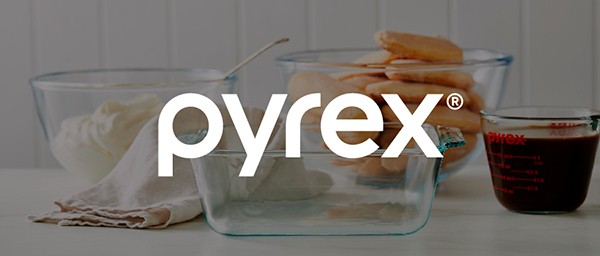

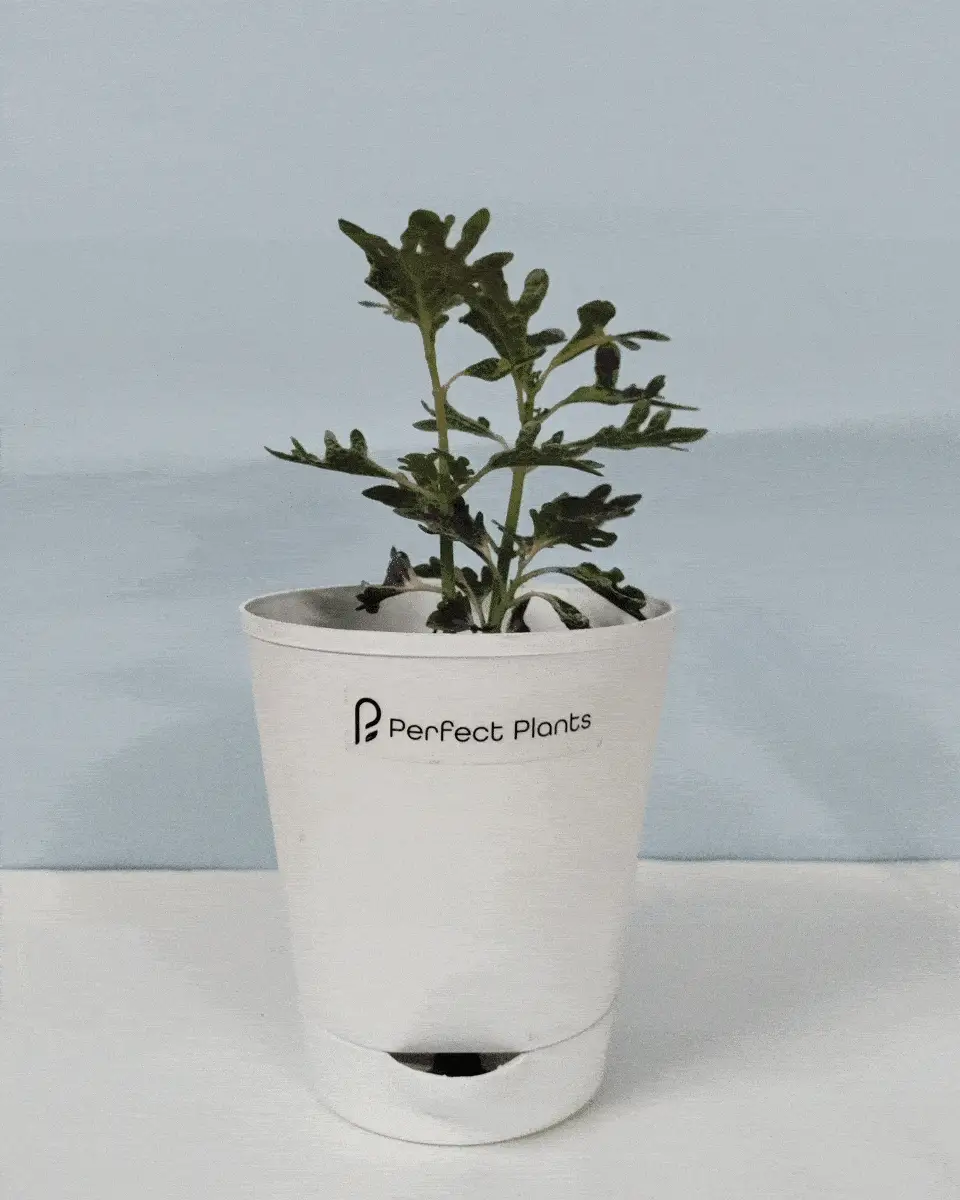

Cissus Grape Leaf
Approx $72.80 USD Normally: $129.99
The Perfect Indoor Plants for New Zealand Homes


The Cissus Grape Leaf, commonly referred to as Grape Ivy or Cissus Rhombifolia, is a versatile and attractive plant perfect for enhancing
your indoor garden. With its small, dark green, rhombus-shaped leaves and ability to climb nicely, this plant can serve as a beautiful room
partition or a stunning hanging basket addition. Not only does the Grape Ivy excel in aesthetic appeal, but it also offers straightforward
care instructions, making it an ideal choice for both novice and experienced plant enthusiasts.

For optimal growth, the Cissus Grape Leaf thrives in medium to high light, though it can survive in lower light conditions. If placed too
far from a light source, you might notice the stems stretching and leaves spacing out. Hence, it's recommended to keep your Grape Ivy within
three meters of a well-lit window, although it can handle weaker lighting conditions. Just avoid direct sunlight to prevent leaf bleaching.
Watering this plant requires balance. Allow the top 50% of the soil to dry out before re-watering. Over-watering can lead to root rot and other issues, so ensure the soil is just right - neither too dry nor too moist. This is particularly crucial during winter when the plant's water needs decrease.
Humidity levels in your home are generally adequate for the Grape Ivy, but a bit of misting can help increase humidity and keep the leaves dust-free. Regarding temperature, Cissus Rhombifolia is comfortable in the average home temperature range but prefers a range of 60°-80°F (15.6°-26.7°C). Be wary of temperatures above 80°F as they can slow the plant's growth.
Regular pruning will keep your Grape Ivy looking full and lush. Pinch back the growing tips, particularly in the spring, to encourage a bushier appearance. Also, while the plant is non-toxic, it's essential to keep an eye out for pests like mealybugs and spider mites, which can be deterred with regular inspections and prompt action if detected.
For those interested in expanding their collection, propagating the Cissus Grape Leaf is a straightforward process. Stem cuttings taken in spring can root well in water or soil. Choose healthy, six-inch segments with a few leaves for the best results. It's a rewarding process that can help you grow your indoor garden.
In terms of potting, select a well-draining mixture rich in peat, as the Grape Ivy prefers soil conditions that support moisture without becoming waterlogged. A pot with adequate drainage is crucial to prevent water from pooling at the bottom and causing root issues.
Overall, the Cissus Grape Leaf is a fantastic addition to any indoor plant collection, bringing a touch of nature's elegance indoors. By following these care guidelines, you can ensure your Grape Ivy remains a vibrant and healthy part of your home. Whether you're a seasoned gardener or just starting, the Cissus Grape Leaf's low maintenance and beautiful foliage make it a must-have for any indoor space.
The Grape Ivy, celebrated for its ease of care, is an excellent choice for both new and experienced plant enthusiasts. This plant, which marked my first foray into gardening, has kindled a lifelong fascination with greenery. Its adaptability makes it suitable for indoor environments or warm outdoor spaces, thriving best when allowed to ascend.
Ideal for those just beginning their plant-keeping journey and equally for the seasoned gardener, the Grape Ivy is undemanding yet rewarding.
Regarding light, the plant flourishes under bright, indirect sunlight. This condition simulates its natural habitat and promotes healthy growth.
When it comes to moisture and soil, Grape Ivy prefers a balance. The soil should remain consistently moist during active growth periods, but it's crucial to avoid waterlogging. Water the plant when its pot feels lighter than usual or the top layer of soil becomes dry, but ensure the plant does not completely dry out.
In terms of growth and nutrition, the Grape Ivy behaves similarly to its cousin, the grapevine. It extends tendrils, seeking support, making it an ideal plant for trellis attachment. This vine can reach lengths of up to 2.5 meters, making it suitable for spaces of all sizes. From spring through fall, when the plant is actively growing, feed it with a standard container plant fertilizer.
The Grape Ivy thrives in warm interior conditions with moderate humidity levels. It's particularly well-suited for places like bathrooms and kitchens, where humidity tends to be higher.
Finally, the plant is safe around pets and humans, posing no toxicity risk. However, despite its safety, it is not meant for consumption.
By maintaining these conditions, the Grape Ivy can become a delightful and enduring addition to any plant collection, perfect for anyone looking to start or expand their greenery at home.
The product may be provided by a different brand of comparable quality.
The actual product may vary slightly from the image shown.
Shop amazing plants at The Node – a top destination for plant lovers






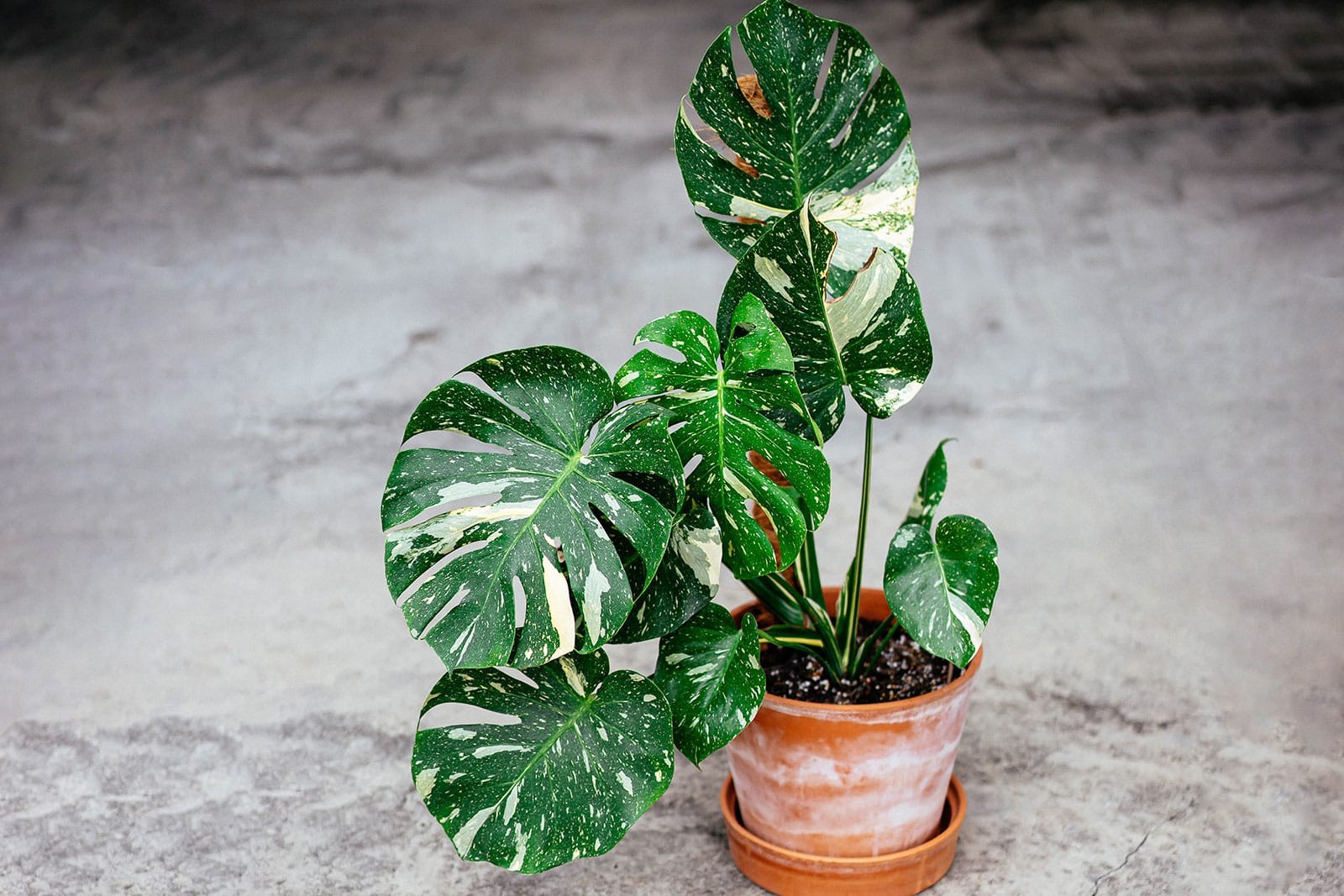



.jpeg)
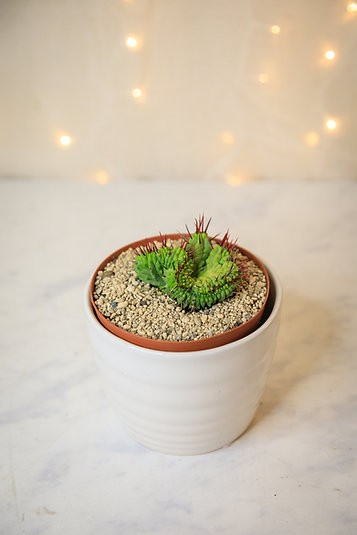







.jpg)









.jpg)





.jpeg)





.jpeg)



.jpeg)








.jpeg)



.jpeg)

.jpeg)

.jpeg)

.jpeg)




.jpeg)
.jpg)

.jpeg)






.jpeg)
.jpeg)




.jpeg)





.jpeg)


.jpeg)

.jpeg)

.jpeg)

.jpeg)







.jpeg)
.jpeg)
.jpeg)





.jpeg)



.jpeg)






.jpg)
.jpeg)









.jpg)


ulva-Logo.jpg)




.jpeg)



.png)





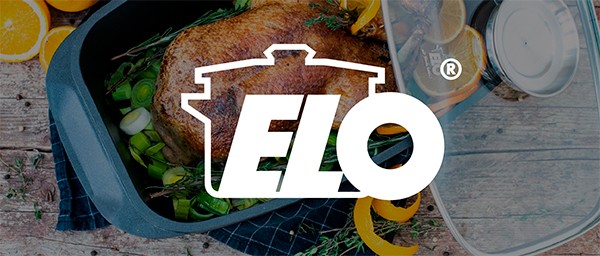
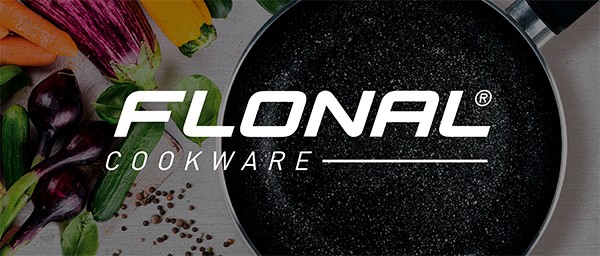



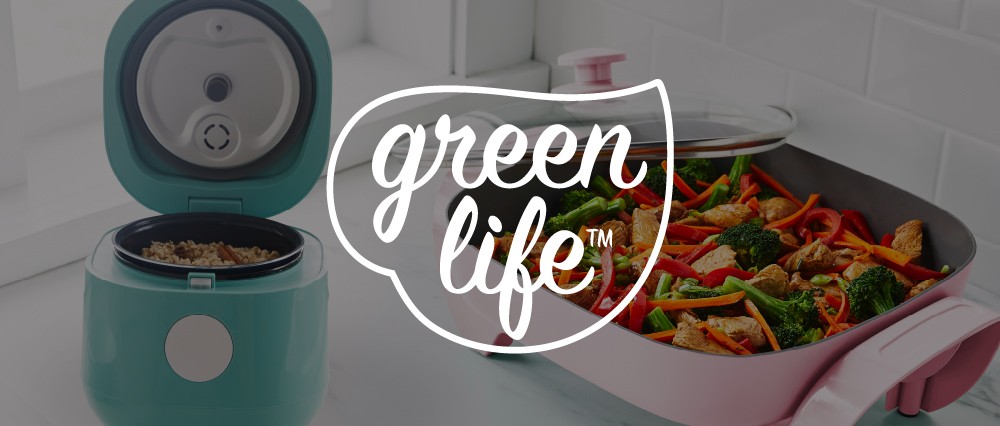




.png)









